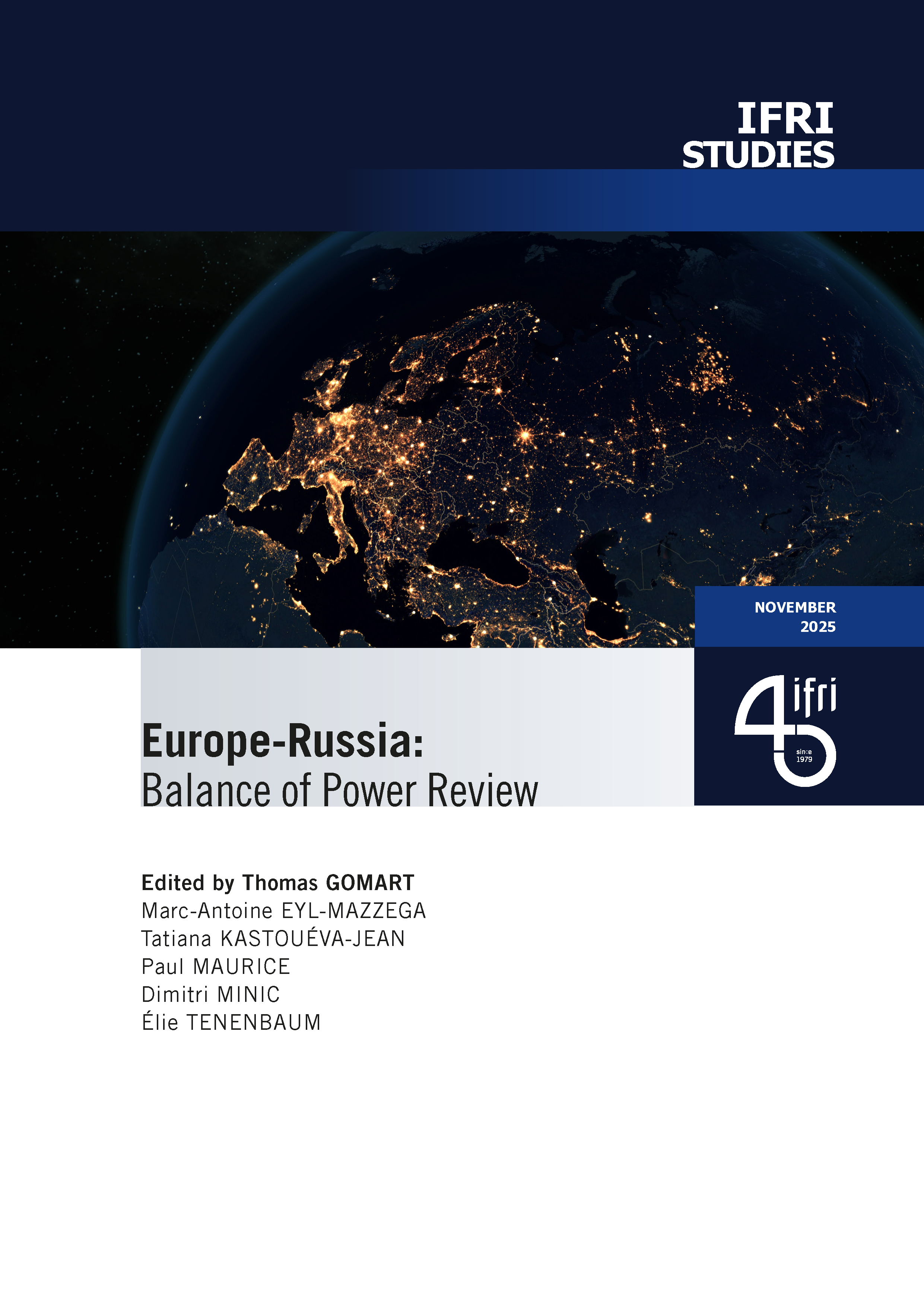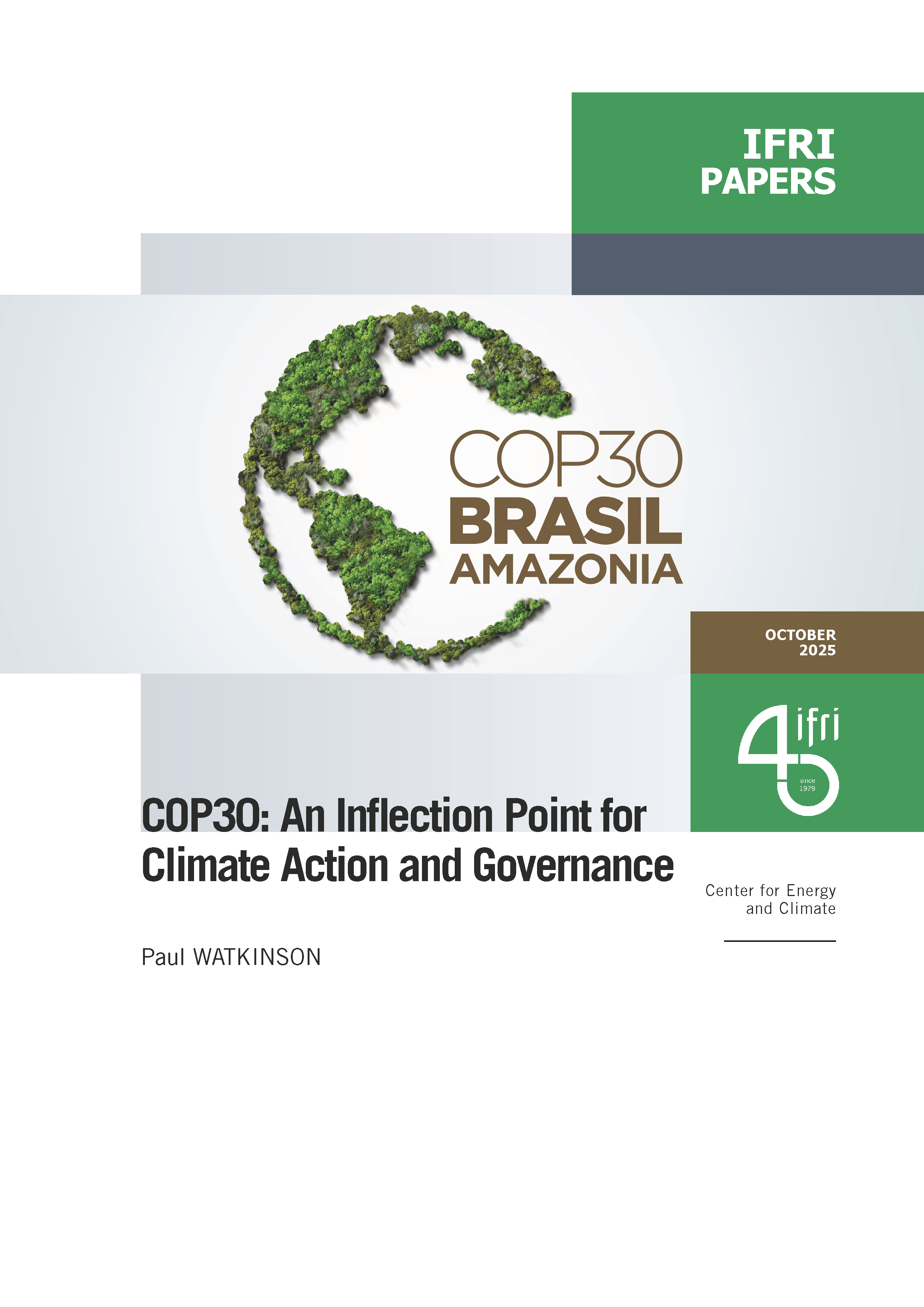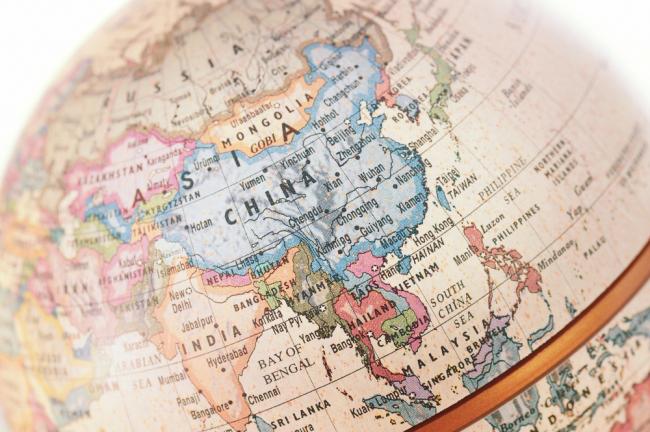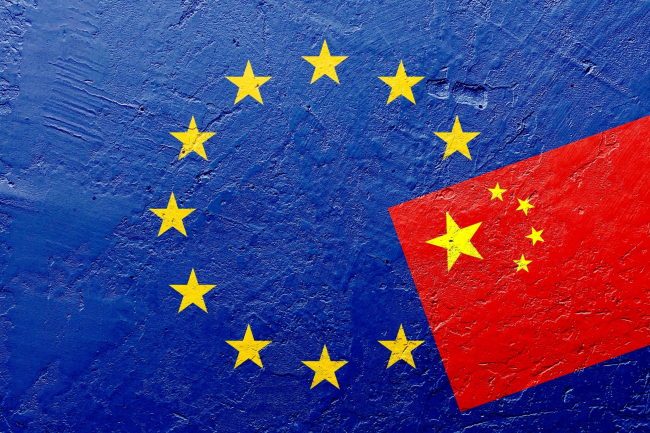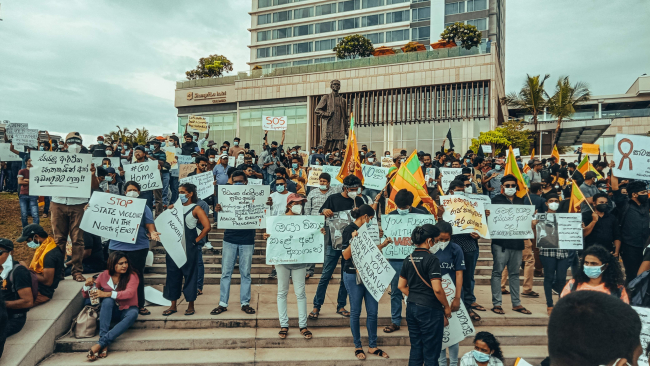Jammu and Kashmir in the Aftermath of August 2019
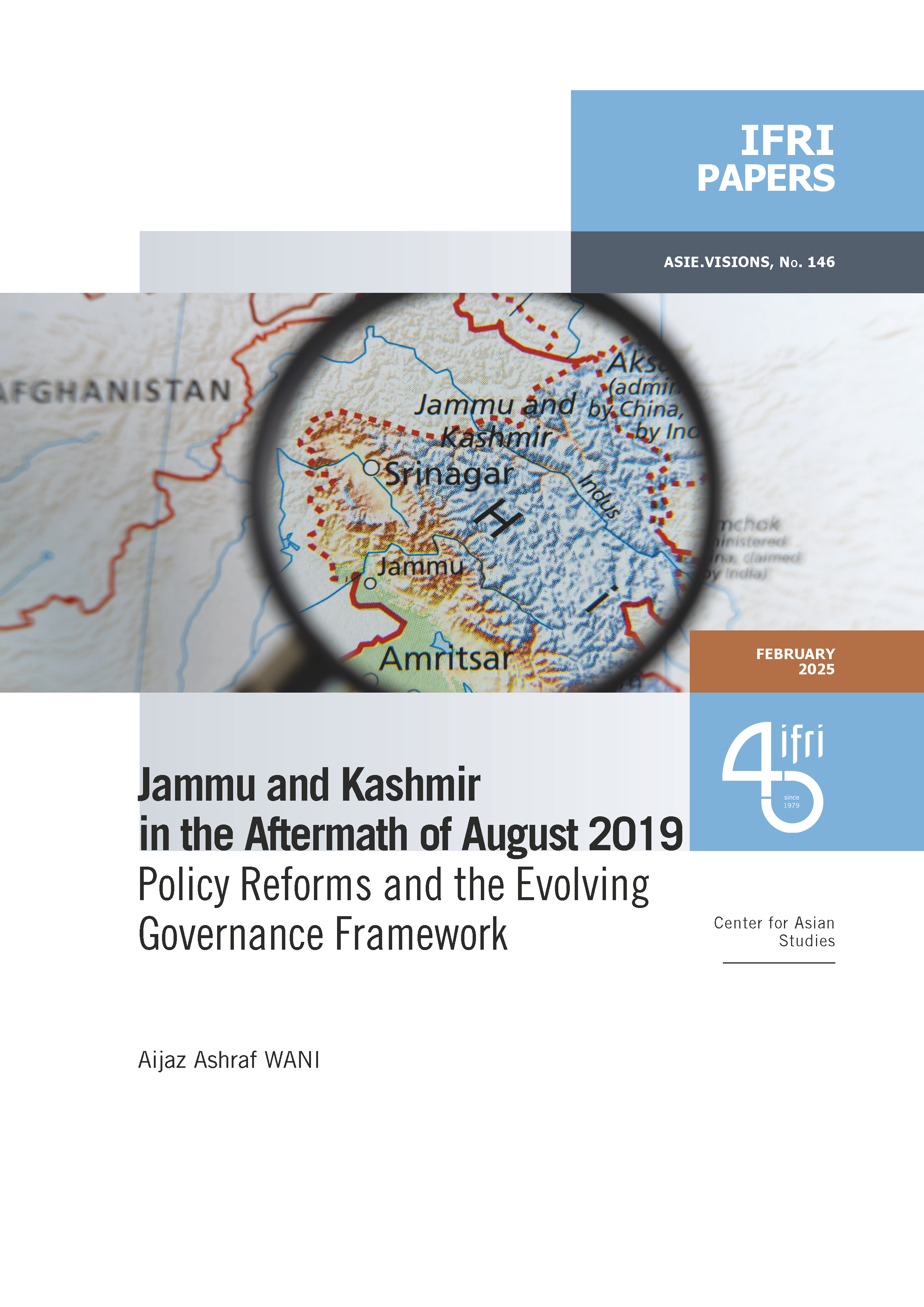
The abrogation of Article 370, which granted special status to the state of Jammu and Kashmir (J&K), has been on the agenda of the Bharatiya Janata Party (BJP) for many decades.
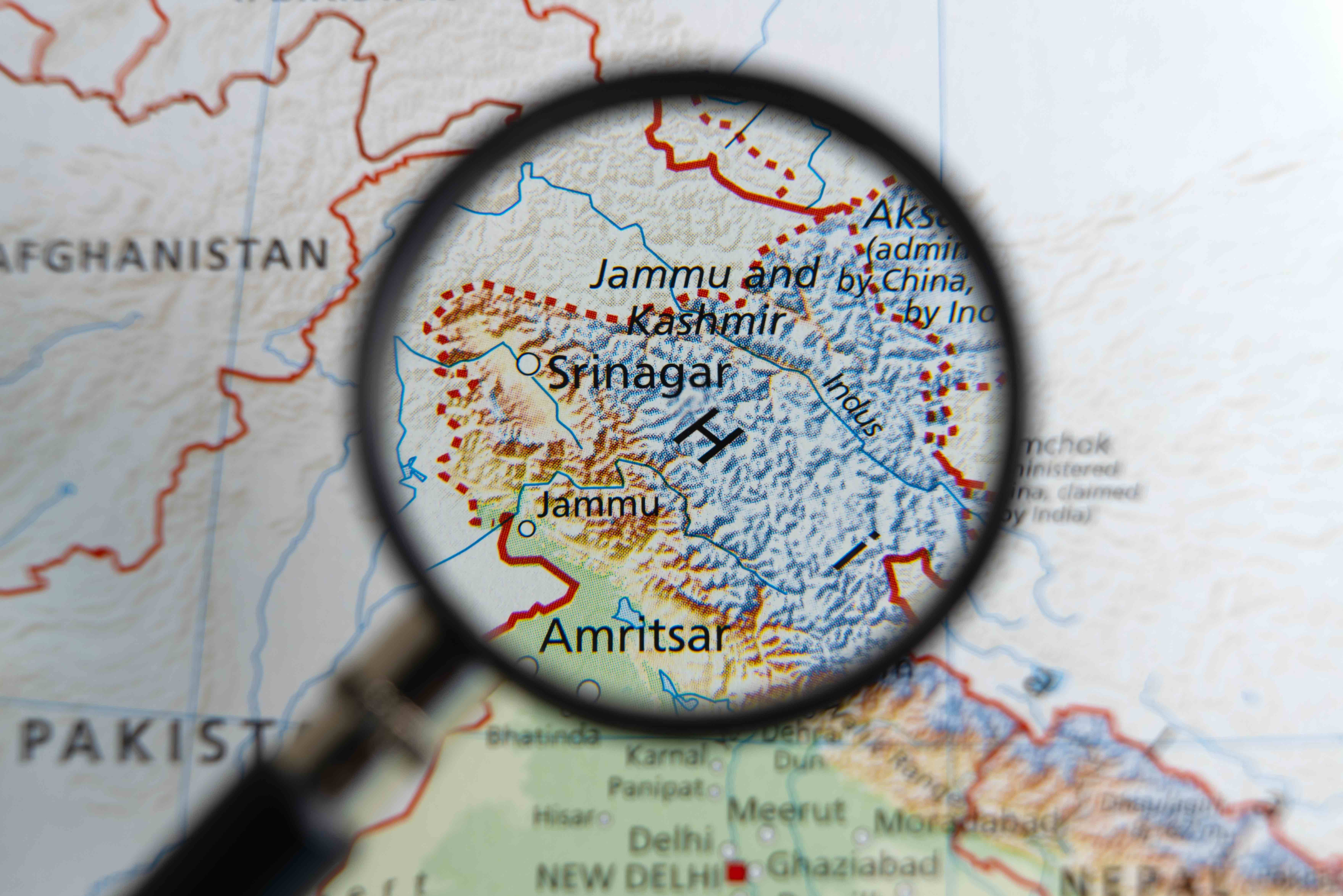
Jammu and Kashmir (J&K) was the only state that negotiated its accession to the Union of India in 1947. The instrument of accession signed by Maharaja Hari Singh on October 26, 1947 surrendered only four areas –defense, communications, foreign affairs, and finance–, giving the union government the power to decide on these matters, while the remaining areas were retained by the state.
When the Indian constitution was being framed, a temporary special provision under Article 370 was included to protect the autonomy, rights, interests, and identity of J&K. The state was also allowed to have its own separate constitution and flag, and many laws passed by the Indian parliament were not directly applicable to J&K unless the same was passed by its own legislature. Likewise, Article 35A, added to the Indian constitution through a presidential order in 1954, gave exclusive rights to the legislature of J&K to define the permanent citizens of the state and provide them with special rights and privileges. The article essentially reserved the rights over land, property, and jobs for the residents of J&K and debarred the citizens of other states from the same. However, the autonomy of the state was constantly emptied by successive central governments, culminating in the de-operationalization of Articles 370 and 35A in 2019.
On August 5, 2019, the Home Minister of India announced in parliament that the central government led by the Bharatiya Janata Party (BJP) had abrogated Article 370 and repealed Article 35A through a presidential order. Concurrently, the Home Minister introduced the J&K Reorganization Bill 2019 to change the status of the state and divide it into two new union territories (UTs), i.e. the UT of Jammu and Kashmir and the UT of Ladakh. The bill was passed by the Indian parliament on August 6, 2019. While all this was being done, all of J&K was subjected to massive curfew and clampdown. The leadership across the political spectrum in J&K, including former chief ministers, were arrested, mobile and internet connectivity was entirely shut down, and a complete communication “gag” was imposed in the state. These measures, despite criticism, were taken to prevent any outbreak of violence.

Available in:
Themes and regions
Share
Download the full analysis
This page contains only a summary of our work. If you would like to have access to all the information from our research on the subject, you can download the full version in PDF format.
Jammu and Kashmir in the Aftermath of August 2019
Related centers and programs
Discover our other research centers and programsFind out more
Discover all our analyses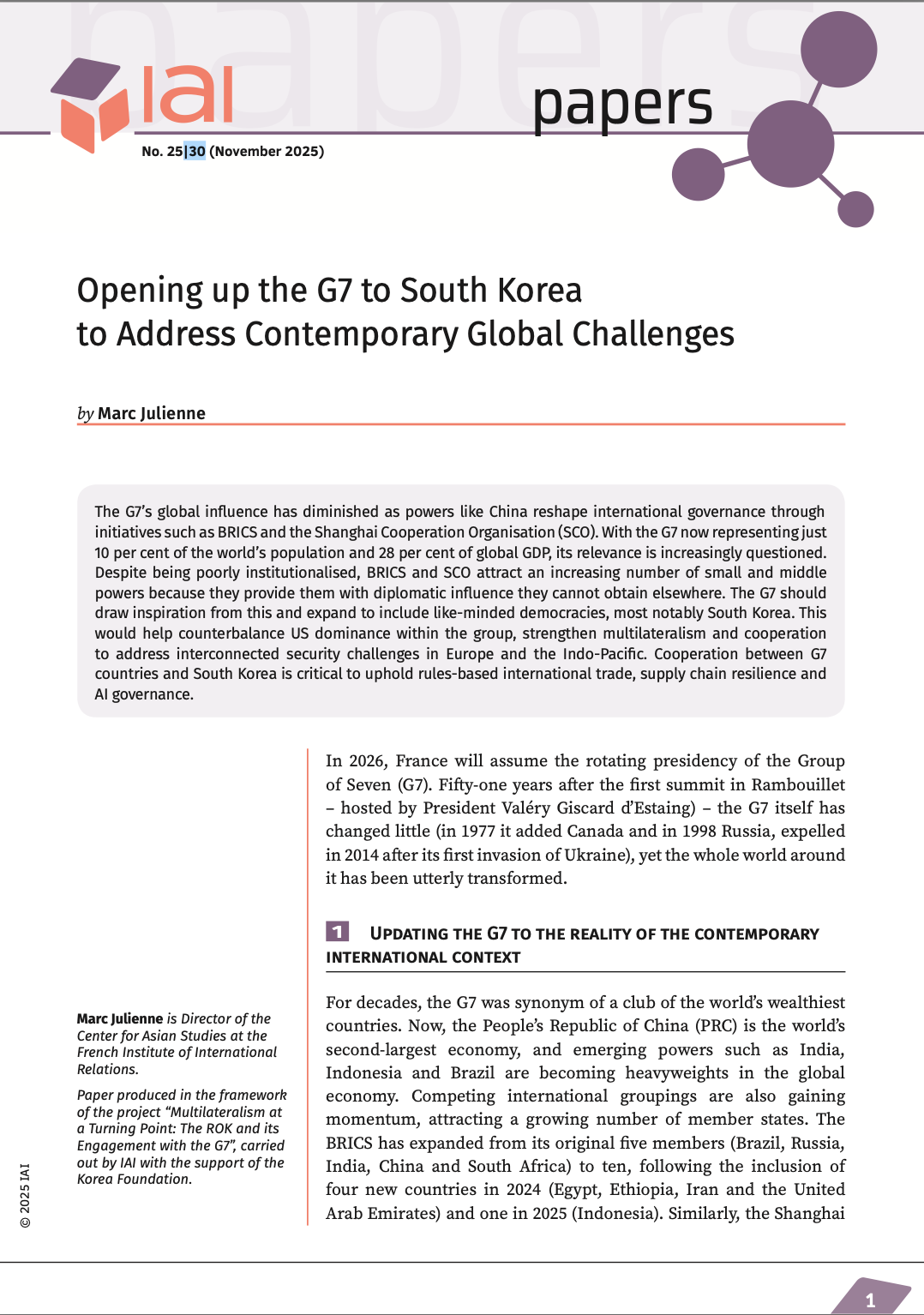
Opening up the G7 to South Korea to Address Contemporary Global Challenges
The G7’s global influence has diminished as powers like China reshape international governance through initiatives such as BRICS and the Shanghai Cooperation Organisation (SCO). With the G7 now representing just 10 per cent of the world’s population and 28 per cent of global GDP, its relevance is increasingly questioned.
Expanding SPDMM as a pivotal institution in the Pacific – A French perspective
The South Pacific Defence Ministers’ Meeting (SPDMM) is the only forum that brings together defense ministers from the wider South Pacific — including Chile, which is hosting it for the first time. This heterogeneous group of countries with varying resources, capacities, and interests — Australia, Chile, Fiji, France, New Zealand, Papua New Guinea (PNG), and Tonga — are united by their shared determination to strengthen cooperation on maritime security and humanitarian assistance and disaster relief (HADR) activities.
EU’s Derisking From China: A Daunting Task
With economic security as a major concern, the EU has recently turned to “derisking” from China. The EU strategy entails reducing critical dependencies and vulnerabilities, including in EU supply chains, and diversifying where necessary, while recognizing the importance and need to maintain open channels of communication.
Sri Lanka’s NPP Government. From System Change to Structural Compliance
In September 2024, a relative outsider to Sri Lanka’s two-party-dominated political system, Anura Kumara Dissanayake, won the presidential elections. The anti-establishment, populist movement he represented, the National People’s Power (NPP), went on to receive an overwhelming mandate in the November 2024 general elections, winning 159 seats in a 225-member parliament.


